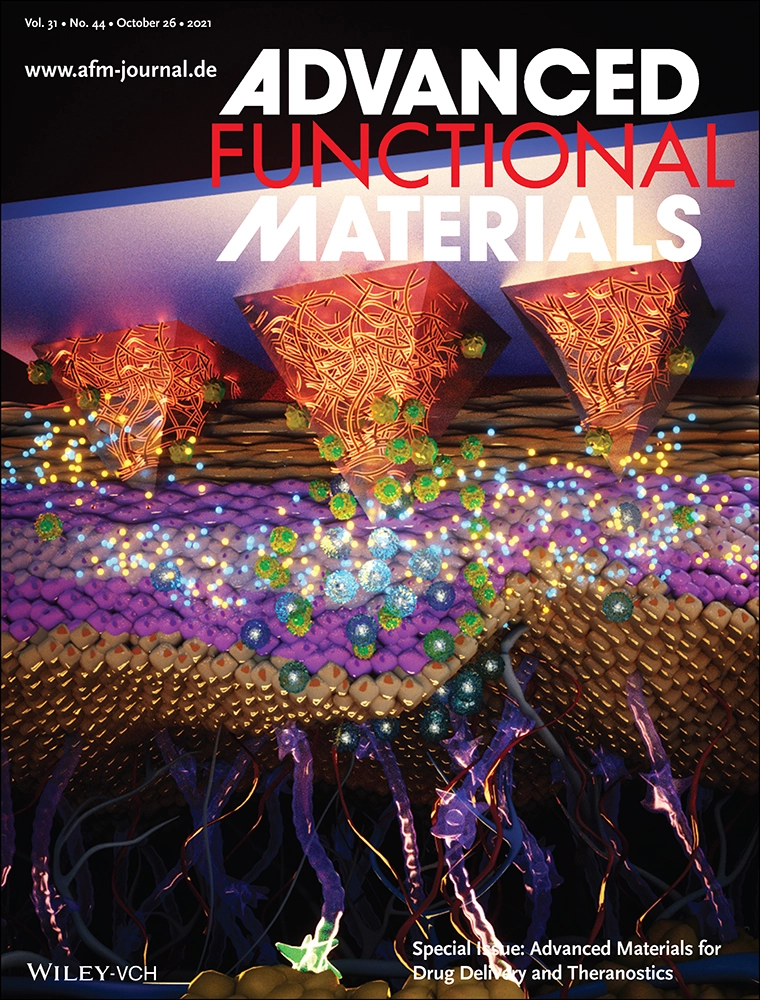|
Autors/es
Puigmal, Núria ; Dosta, Pere; Solhjou, Zhabiz; Yatim, Karim; Ramírez, Cynthia; Choi, John Y.; Alhaddad, Juliano B.; Cosme, Ana Paula; Azzi, Jamil; Artzi, Natalie ; Dosta, Pere; Solhjou, Zhabiz; Yatim, Karim; Ramírez, Cynthia; Choi, John Y.; Alhaddad, Juliano B.; Cosme, Ana Paula; Azzi, Jamil; Artzi, Natalie
|
Abstract
Skin allografts only serve as temporary dressing for patients suffering major burns due to their high immunogenicity and rejection by the immune system, requiring systemic immunosuppressive therapies that lead to deleterious side effects. Microneedle arrays composed of hyaluronic acid (HA) and placed on skin allografts can locally deliver immunomodulators and simultaneously sample immune cells in interstitial fluid to monitor the response to the therapy. The cells can be retrieved from the microneedles for downstream analysis by degrading the HA using a reducing agent. Using an allogeneic skin transplantation model, it is shown that the microneedle-mediated local delivery of the chemokine CCL22 (to attract Tregs) and the cytokine IL-2 (to promote their expansion) increases the local immune suppression in the allograft. Moreover, immune cell population in the allograft correlates with that seen in the microneedles. The delivery and sampling functions of the microneedle arrays can help regulate the immune system locally, without inducing systemic immune suppression, and facilitate the monitoring of the response to the therapy following skin transplantation.
|

WoS
Scopus
Altmetrics
 
|
|
Publicació
Advanced Functional Materials, 26 October 2021, v.31, n.44, 2100128
|
